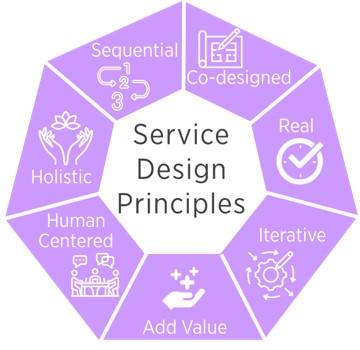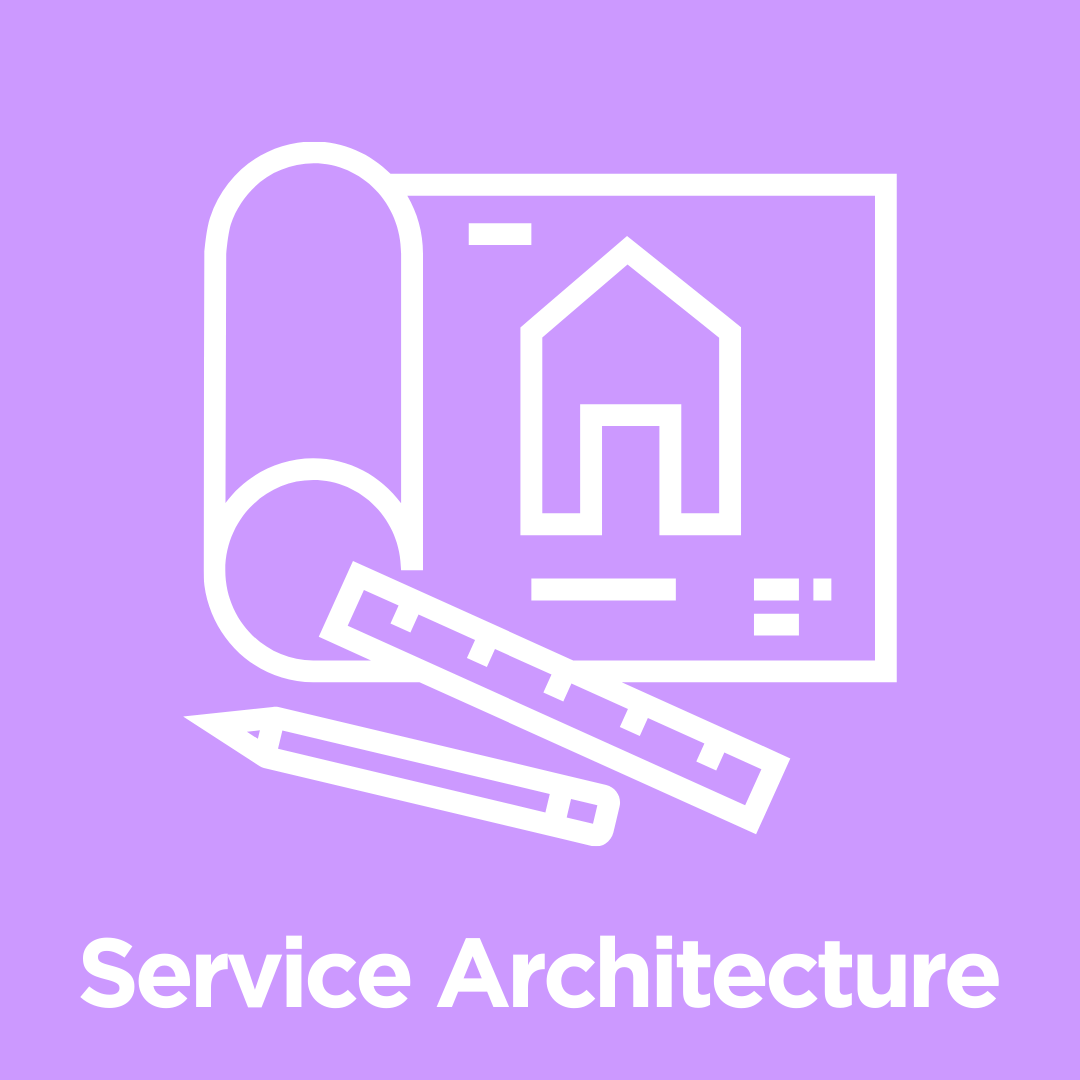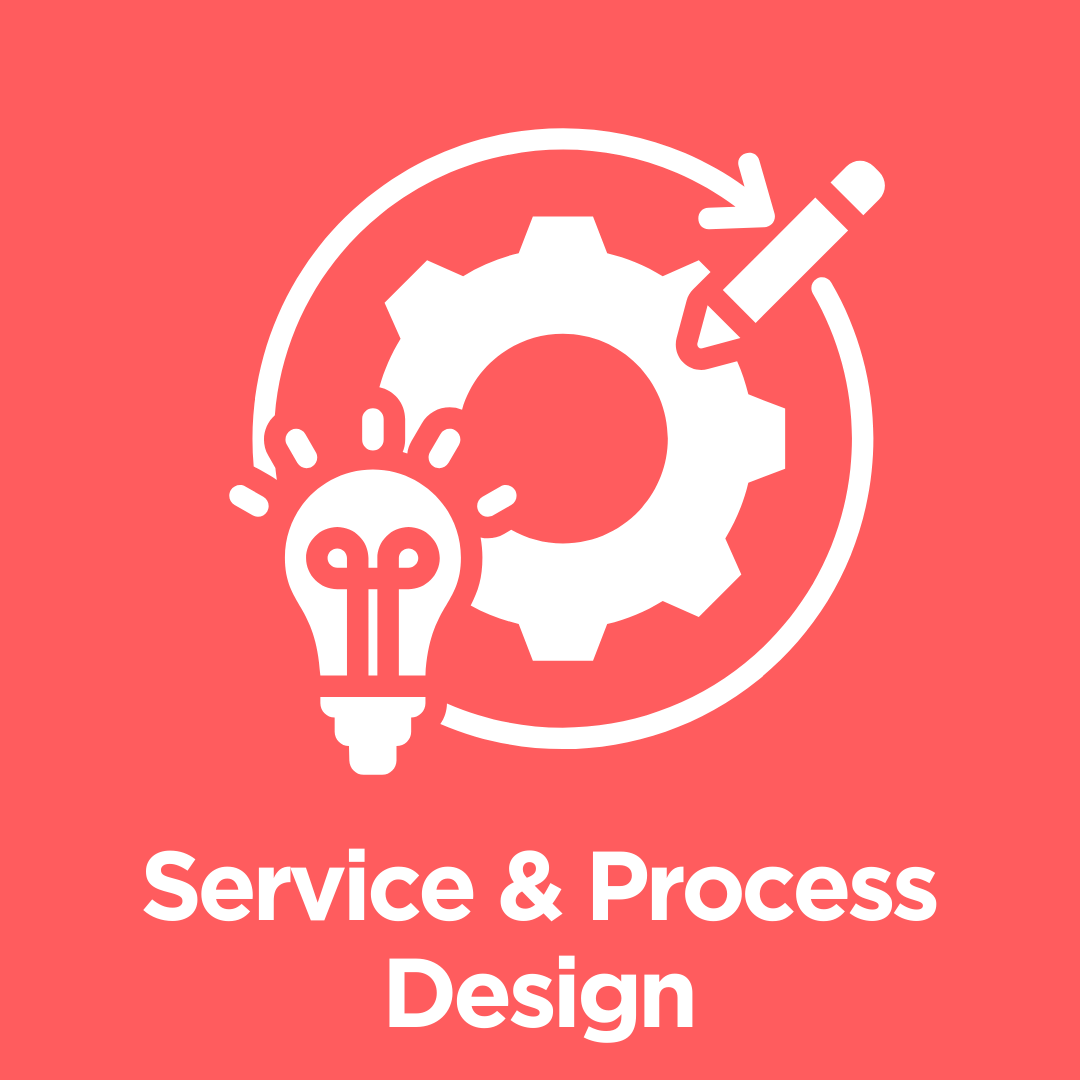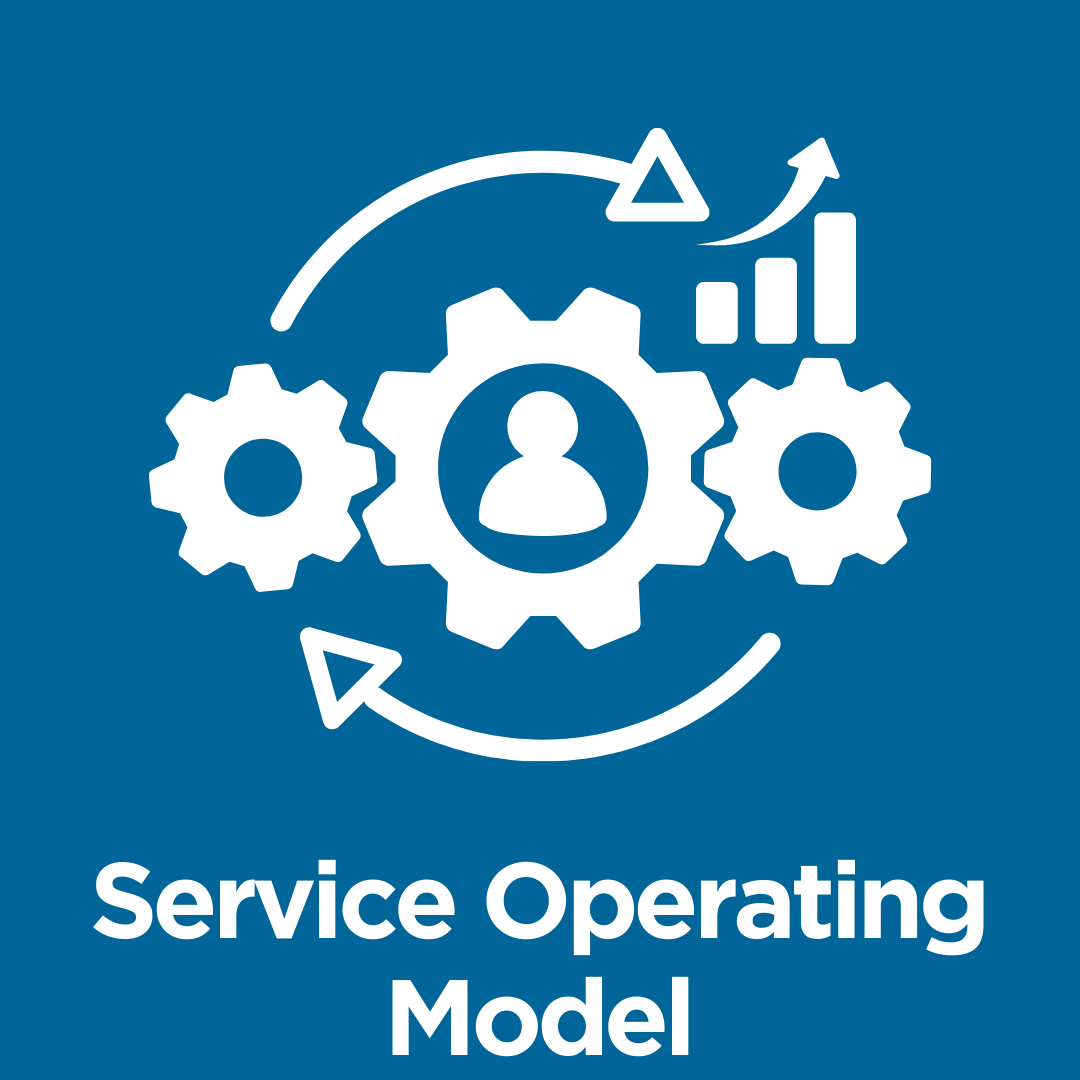With respect for Aboriginal cultural protocol and out of recognition that its campuses occupy their traditional lands, Western Sydney University acknowledges the Darug, Eora, Dharawal (also referred to as Tharawal) and Wiradjuri peoples and thanks them for their support of its work in their lands in Greater Western Sydney and beyond.
You can search for courses, events, people, and anything else.
This stream focuses on projects that plan and organise business resources (people, process and technology) in order to directly improve staff experience, and indirectly, the service user's experience.
- Service Catalogue & Architecture
- End-To-End Service & Process (Re)design
- Service Operating Model
Service Design Principles
Service Design is the activity of planning and arranging people, processes, technology and service communication methods to improve the quality and interactions between the service area and its users. Service design can inform changes to an existing service or be used to create a new service. Service areas are encouraged to consider the following service design principles when making changes to a service:
- Human Centred: Services are designed considering the experience of all the people affected by the service.
- Co-designed: Involve stakeholders from various backgrounds and functions to collaborate in the design process (consider interdependent service areas and primary user groups).
- Add Value: Service design brings together what is desirable from a human point of view with what is technologically feasible and economically viable, balancing the needs of both end user and organisation.
- Iterative: Service design is an exploratory, adaptive and experimental approach, iterating towards implementation.
- Holistic: Services should sustainably address the needs of stakeholders through the entire service and across the business, considering both intangible (invisible) and tangible (visible) parts of service.
- Real: User needs should be researched in reality, ideas prototyped in reality, and intangible values (service attributes that users don't see) displayed in a tangible way.
- Sequential: The service should be visualised and designed as a sequence of interrelated actions.







